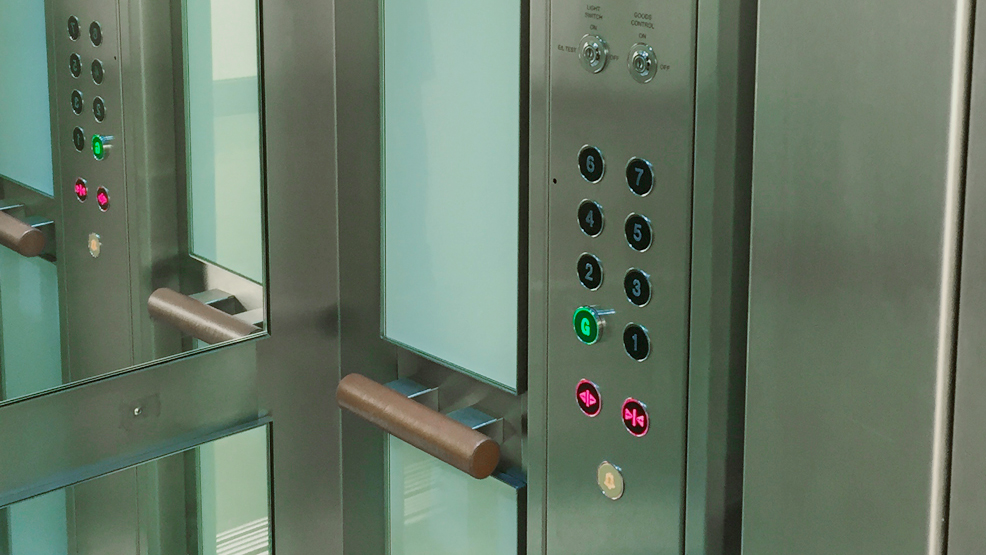

The elevator is arguably probably the most useful and versatile inventions we've built - and it's become very prominent in most parts of our lives. So much that some of us don't even pay attention to the various types of lifts that surround us! If you've ever had to have one for a building of your though, then you've likely become at least somewhat familiar with the many kinds of lifts and their programs. Let's have a look at the most basic types and see what they are often useful for.
Standard lifts are widely-used for mixed applications and they're often as good for transporting people since they are for small cargo loads - although "small" may be the key word here. These can usually hold up to and including dozen or so people as well as effectively shorten their travel times through your buildings, which in turn can enjoy a positive effect on your internal organization along with the way people navigate through this building. This is often best used on buildings with at least four floors and up, though there are some conditions.
A special version of passenger lifts is aimed towards people with disabilities who'd have trouble by using a normal elevator (and obviously can't utilize stairs). These lifts have various extra features to produce them as comfortable as practical for disabled passengers, and they're popular in buildings where it's important to facilitate the transportation of individuals with disabilities.
If you need to advance cargo around the building, then you're should retain a specialized cargo lift with the. You may think that an ordinary elevator can work well enough with the - their weight limits will be high anyway - but that's a huge mistake. A passenger elevator merely isn't optimized for transporting cargo, and loading/unloading heavy boxes will always be different on its mechanisms than people getting on and off. Because of this, you can quickly ruin a regular elevator if you use it for cargo, and you'll need to look into specialized solutions if you need to do this sort of factor.
Smaller cargo elevators are at times called "dumb waiters" and they're ideal for things like kitchens and laundry washing rooms, for transporting small items between floors better. These elevators usually cost little or no compared to other models, and they are often very effective when you don't have to have a full fledged lift but only something for smaller packages.
Before you decide to go ahead with installing a good start in your building, it might be worth to acquire a consultation with a professional and hear their opinion for the topic. You may need to produce some changes in the building's layout, or perhaps install the elevator in a different spot than the one this is planned. These things can be difficult to predict by yourself if you lack expertise having elevator technology, so see if the company you'll be using order your lift offers and consultations, and sign up for a visit from them. It shouldn't take too long to figure out your specific situation and show you what type of lift would be suitable for your building!
These are some common types of lifts available for a variety of purposes. When selecting a raise, decide the purpose for which will probably be used and then make your final decision.